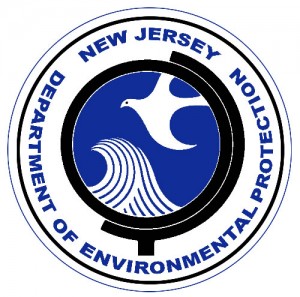New Jersey Future Blog
Saving New Jersey’s Heritage
July 20th, 2003 by Tim Evans
- Colonial New Jerseyans celebrated their independence in a state with double the amount of wetlands that remain today.
- New Jerseyans as recently as 1950 celebrated July Fourth in a Garden State with double today’s amount of farmland.
- Today, New Jersey converts an estimated 18,000 acres each year to development, with 10,000 of these acres lost farmland.
- Bills awaiting the attention of returning legislators this fall would give municipalities the right to stop sprawl at little or no public cost by transferring development rights from farms and forests into areas where growth is desired.
TRANSFER OF DEVELOPMENT RIGHTS A PRIORITY
New Jerseyans overwhelmingly support open space and farmland preservation. But with land prices skyrocketing, we can’t afford to buy all the land we need to protect. The average per-acre cost of a Green Acres acquisition rose 79 percent between 1998 and 2002; these purchases are funded by state taxpayer dollars.
Transfer of Development Rights, or TDR, gives local governments a tool to stop sprawl at little or no cost by shifting development from farms and forests into desired growth areas. TDR is heralded by landowners and voters in Chesterfield Township, Burlington County, where state law in 1989 established a countywide demonstration program. In the New Jersey Pinelands, 37,938 acres of environmentally sensitive and agricultural land have been preserved through its TDR program. However, TDR is not available to New Jersey towns and counties outside these areas.
Three bills pending in the legislature, and another bill being drafted by the McGreevey administration, would make TDR available to all communities. None of the bills as they now exist would provide a workable program that ensures smart growth. But any bill could be amended to do so, by ensuring that TDR programs and TDR banks:
- Are made available to municipalities, groups of neighboring municipalities or counties around the state;
- Preserve local flexibility for planning and zoning;
- Provide access to the state TDR bank for adequate planning grants and program funds; Provide technical and financial assistance for planning and zoning;
- Help ensure marketable development rights through planning requirements and adoption of a capital improvement program for receiving districts;
- Authorize the sale of farming and forestry rights to protect conservation areas;
- and Promote consistency with the State Plan.
















